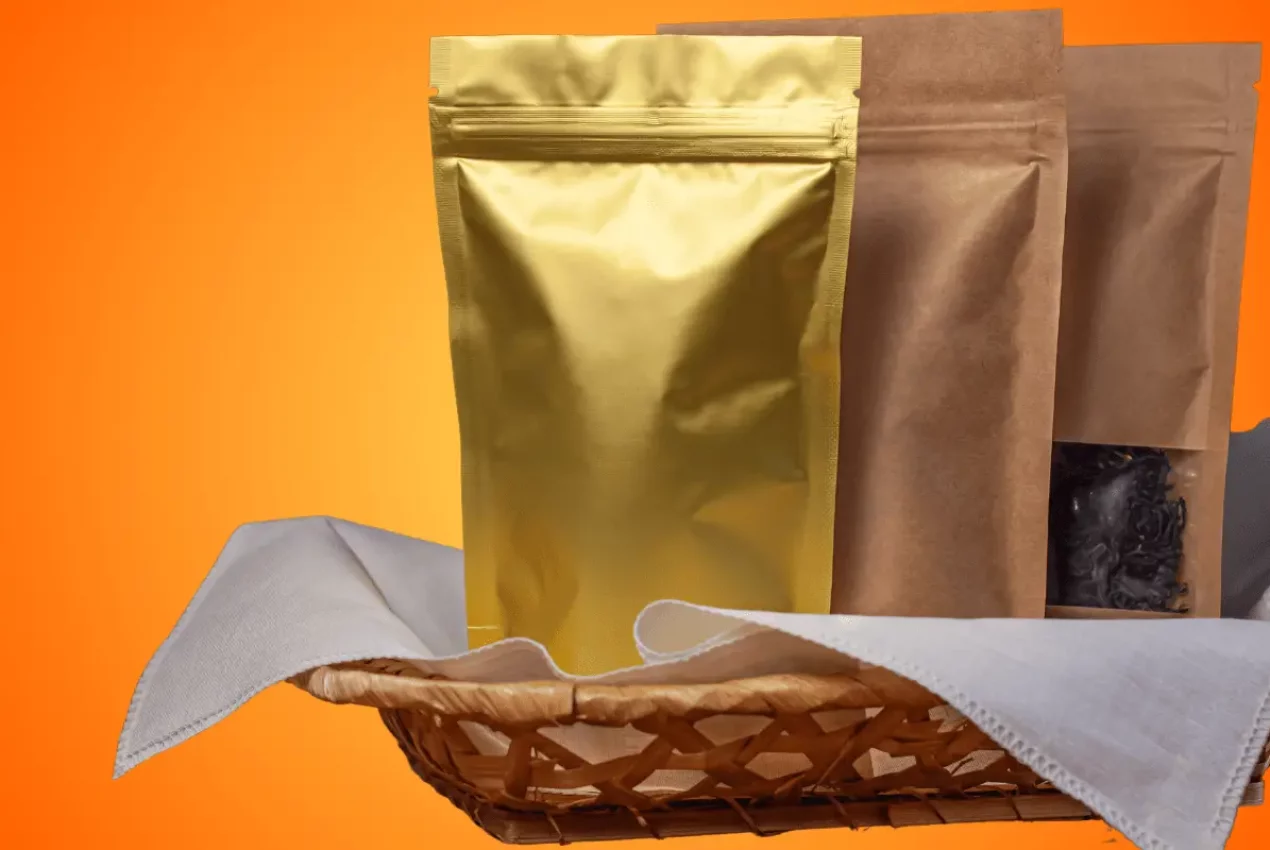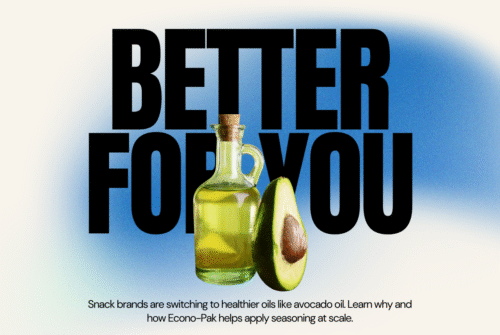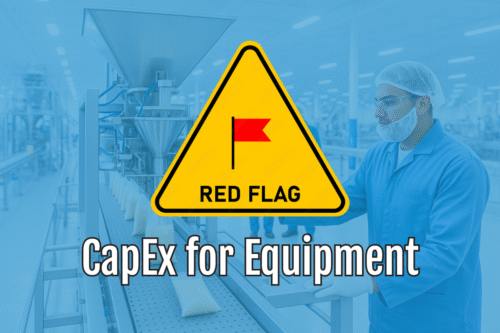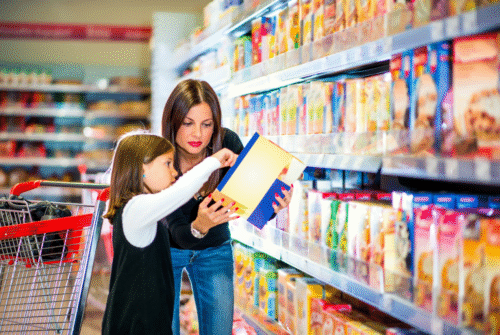Why is Product Packaging Important?
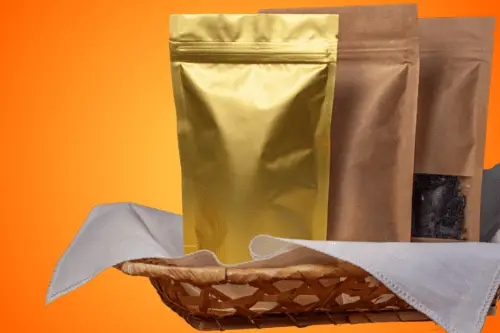 No two products are exactly alike. A superior packaging solution must provide a good fit for its product, as well as the product’s environmental conditions during storage or shelf life. Moreover, proper packaging design and implementation ensure that the product in question is kept safe during the entire transportation, distribution, and storage cycle.
No two products are exactly alike. A superior packaging solution must provide a good fit for its product, as well as the product’s environmental conditions during storage or shelf life. Moreover, proper packaging design and implementation ensure that the product in question is kept safe during the entire transportation, distribution, and storage cycle.
What is Product Packaging?
The term product packaging refers to the full process of designing, evaluating, and producing packages. Popular packaging choices include cartons, bags, boxes, wrappers, containers, pouches, and more. All these items can be selected for their functionality, then customized for marketing and branding purposes.
As the retail sector and other industries continue to expand and grow, so too does the demand for unique, durable, and attractive packaging solutions. Not only do tough, aesthetically appealing packaging designs provide a vital layer of physical protection for the products contained therein, they also serve as enticing advertisements that can grab the attention of the customer and influence a purchase.
Benefits of Product Packaging
Properly executed product packaging offers the following benefits:
- Physical protection. Perishable items, such as dairy products, fruits, vegetables, meats, and drinks, require protection from potentially harmful contaminants such as dust, chemicals, and so forth. Non-perishable items need to be guarded from compression, vibration, and mechanical shock. Proper product packaging ensures that your items remain safe from hazardous factors throughout the storage, distribution, and sales cycles.
- Information. Within many industries, government regulations mandate that companies communicate essential information to the public by means of clear and accurate packaging labels. As an example, pre-packaged food items generally must include the product’s expiration date and a list of ingredients. Proper packaging procedures help to guarantee compliance with legal requirements.
- Marketing. Product packaging is an important touch point between the company and the consumer. The design of the package should reflect the company’s brand image, style, and values in order to maximize the impact of that touch point. It is imperative to never underestimate the marketing power of a well-designed packaging template.
- Convenience. Many product packages have features that increase the level of convenience for shipping personnel, stock clerks, and consumers alike. For example, packages may feature hooks or holes for hanging displays, while others may have easy-to-peel plastic covers. Convenient features like these add value to your products.
- Barrier protection. Many companies utilize some form of barrier protection for their packaged products, including desiccants or oxygen absorbing materials. Other organizations employ anti-permeation packaging to prevent air, gas or vapor penetration. Such measures help to maximize product shelf life, keep products sterile or free from contamination.
- Security. Strong anti-tampering measures can help deter and reduce unauthorized product manipulation, protecting the product brand and reputation. In some cases, optimal product packaging includes robust security measures that can help prevent theft or material substitution.
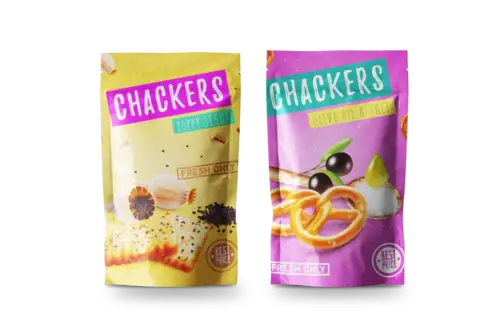 How to Pick the Right Packaging
How to Pick the Right Packaging
To maximize the value of these benefits, it is critical to select the appropriate packaging method for a product. Here are some factors to consider when evaluating packaging options:
- Size of product. What are the required package dimensions?
- Material specifications. What type of material is best for the particular product? Does the product require rigid packaging or a flexible construction? What level of durability is needed?
- Size of production run. What volume should be ordered? Can economies of scale be gained with certain materials, packaging types, or production methods?
- Package design. What type of design will be most attractive to customers, and align most closely with the brand message?
- Final pack-out options. How should the product be packed for shipping?
- Timelines/lead times. Once the above specifications have been established, what would an acceptable time frame be for project completion?
Work with an Experienced Dry Food Co-packer
Econo-Pak can help you focus on your business goals when you outsource dry food packaging. Get premium quality assurance, fast turnaround times, and regular production updates with us. Request a quote to get pricing for your project and we’ll be in touch.
Let's start scaling.
Is your demand outpacing your ability to package your own product? Then consider outsourcing with Econo-Pak.
With over 40 years of experience working with both small brands and Fortune 500 companies, we are capable of handling your specific dry food product.
Get in touch with our team for a fixed-price quote for your project.

